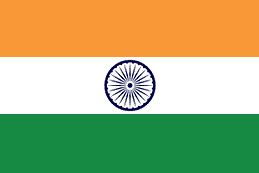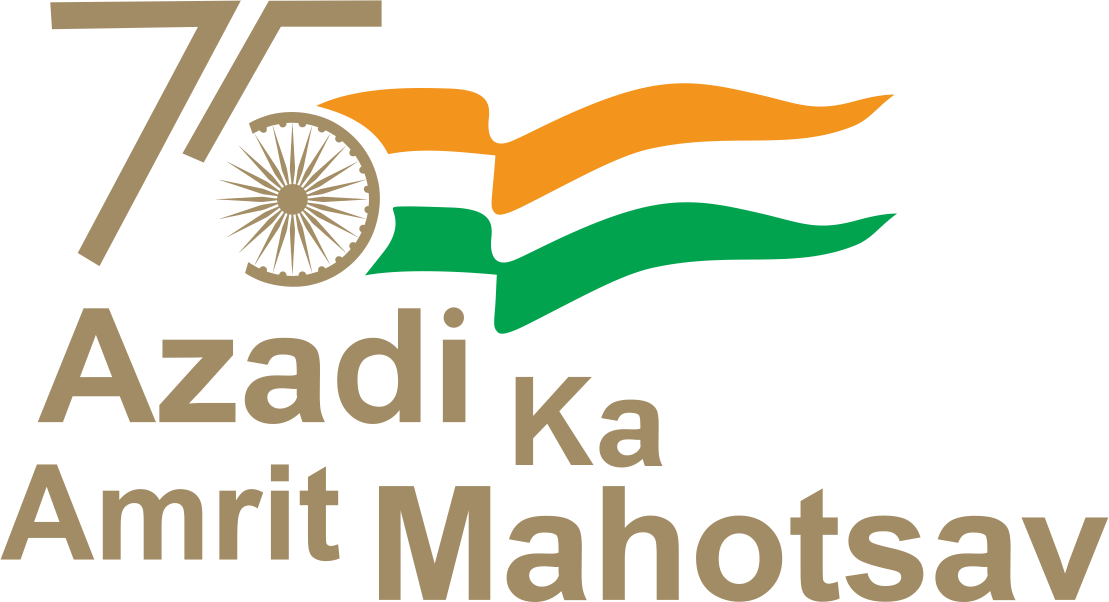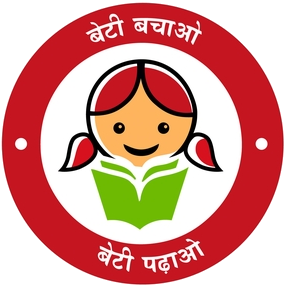CARDAMOM SiS
CardS App
Cardamom Soil App. for Integrated Nutrient Management in cardamom
(To be launched soon- both mobile as well as web page based)
Indian Cardamom Research Institute
Spices Board India
Designed and Developed In association with Digital University, Kerala & Rubber Research Institute of India
Indian Cardamom Research Institute (ICRI), Spices Board undertook a detailed GIS based survey of cardamom growing soils in Udumbanchola/ Idukki Taluks with an objective to bring ten villages in these two Taluks under the ambit of soil test-based fertiliser recommendation (First Phase). In the second phase, we will be covering entire cardamom growing areas in Idukki district. At present, CardS App is applicable to cardamom growing areas in ten villages viz., Chathurangapara, Kalkoonthal, Kanthipara, Karunapuram, Kattappana, Pampadumpara, Parathodu, Rajakkadu, Rajakumari and Udumbanchola. In the second phase of the project, CardS App will cover the other cardamom growing regions of Idukki, Tamil Nadu and Karnataka.
One composite sample (0-15 cm) was collected from each 10 ha area. Location coordinates of sites of soil sample were recorded by GPS, between Jan. to May periods in 2021 and 2022. Soil Samples were analysed following standard analytical protocols for soil pH, primary, secondary and micronutrients at Agronomy and Soil Science Division, ICRI, Myladumpara.
GIS based spatial interpolation of soil nutrients was done in collaboration with Rubber Research Institute of India. Geostatistical analyst of ArcGIS software was used for generating soil nutrient maps using Inverse Distance Weighted Algorithm. Spatial interpolation maps were prepared for 12 nutrients like Organic Carbon (OC), Soil pH, available potassium (K), available calcium (Ca), available magnesium (Mg), available boron(B), available copper (Cu), available iron (Fe), available manganese (Mn), available phosphorous (P), available sulphur(S) and available zinc (Zn). Further, village-wise spatial variability of soil nutrient maps was prepared in the Geotiff format with cell size of 30 m.
Web based fertiliser recommendation was developed based on interpolated soil fertility data in collaboration with Digital University, Kerala, overlaying different soil fertility parameters following the guidelines of soil test-based fertiliser recommendations by ICRI.







